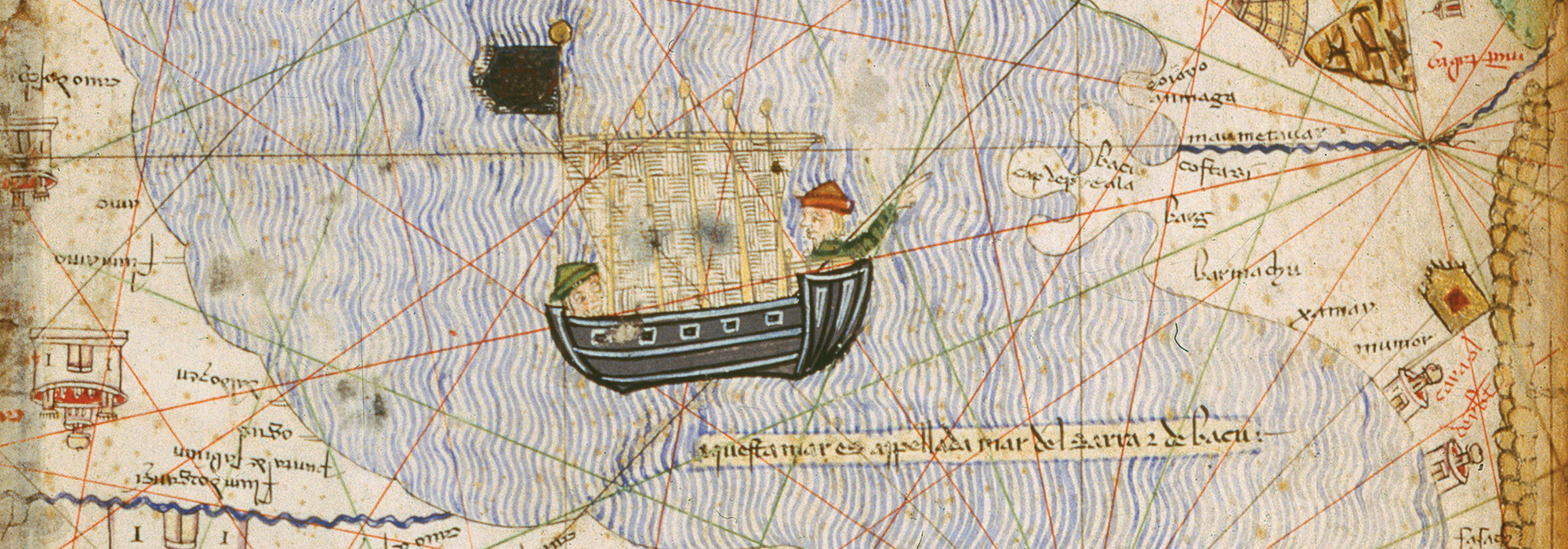SALEM, OREGON—Students from Willamette University and volunteers from the Oregon Archaeological Society assisted City of Salem archaeologist Kimberli Fitzgerald with the search for a parsonage constructed by Methodist missionaries in 1841, according to the Salem Reporter. The Christian missionaries sailed south from the east coast of the United States, around the tip of South America, and stopped in the Hawaiian Islands to resupply before continuing north to the coast of Oregon. The missionaries then traveled from the mouth of the Columbia River to the Willamette River in order to reach the site. Historic records indicate that the parsonage was built alongside the Oregon Mission Indian Manual Labor Training School on the grounds of what is now Willamette University. So far, the researchers have uncovered nineteenth-century pottery, a piece of compacted wood that may have been part of the parsonage’s foundation, brick, glass, and nails. Pink coral taken on board in Hawaii could have also been used in the construction of the parsonage. “It makes it [the soil] kind of pink, so when we are excavating out, and we are getting some brick, and we see the mortar that is kind of pink, then we know we are in the right place,” Fitzgerald said. For more on the archaeology of Oregon, go to "Off the Grid: Fort Rock Cave, Oregon."
Volunteers Assist Search for 19th-Century Structures in Oregon
News May 6, 2024
Recommended Articles
Digs & Discoveries July/August 2022
Save the Dates
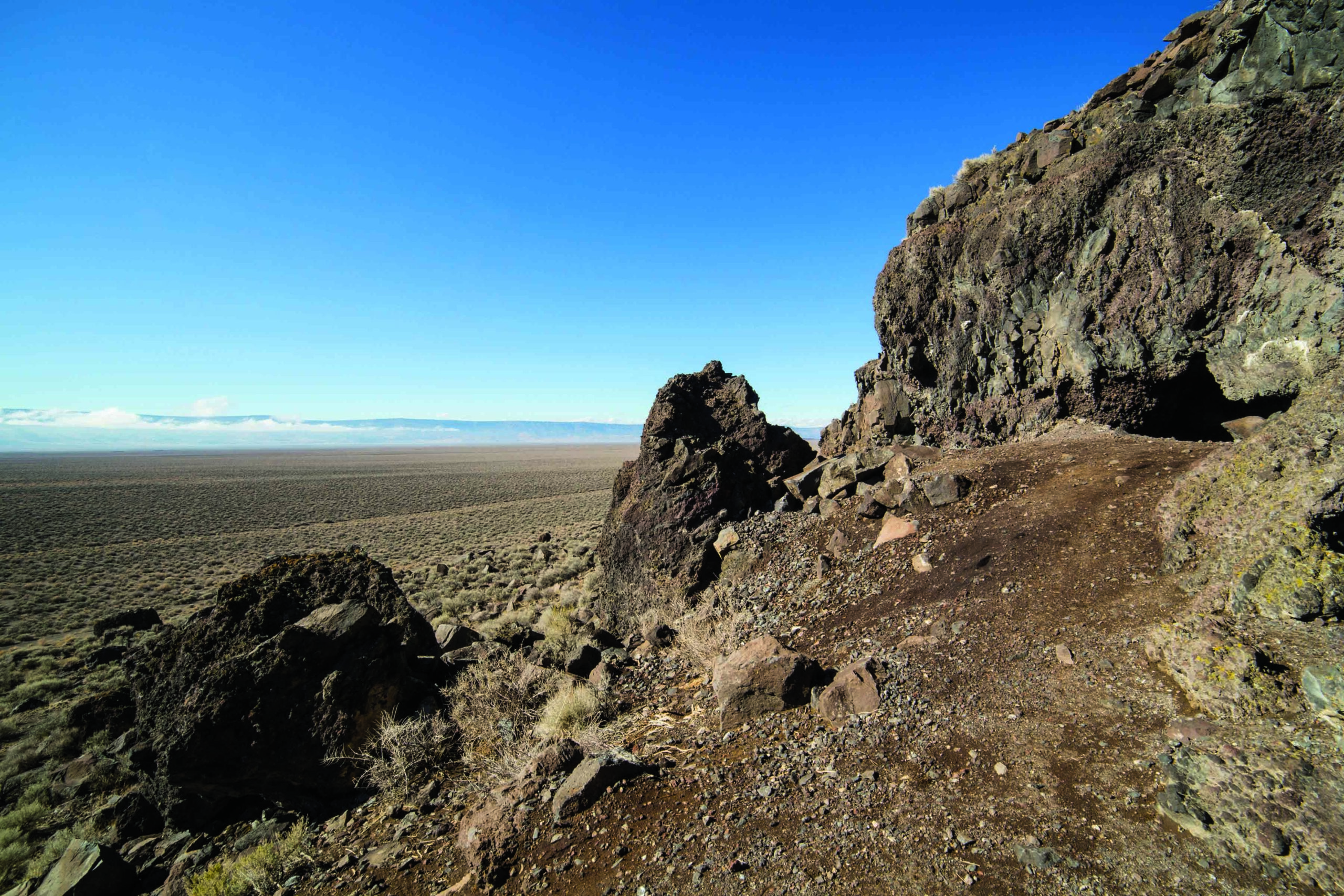
Letter from California November/December 2018
Inside a Native Stronghold
A rugged volcanic landscape was once the site of a dramatic standoff between the Modoc tribe and the U.S. Army

Off the Grid May/June 2018
Fort Rock Cave, Oregon
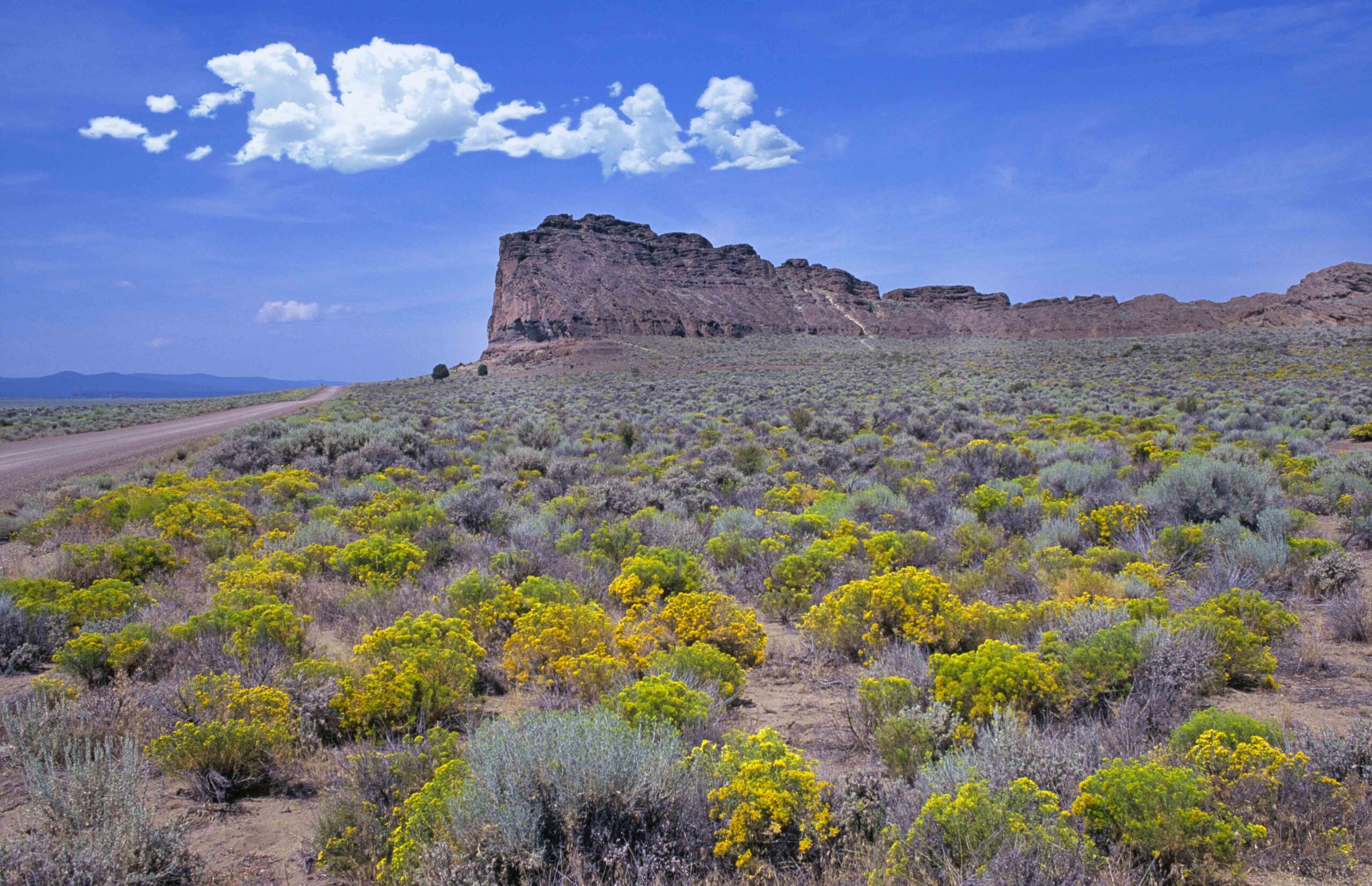
Off the Grid May/June 2017
Columbia Hills Historical State Park, Washington
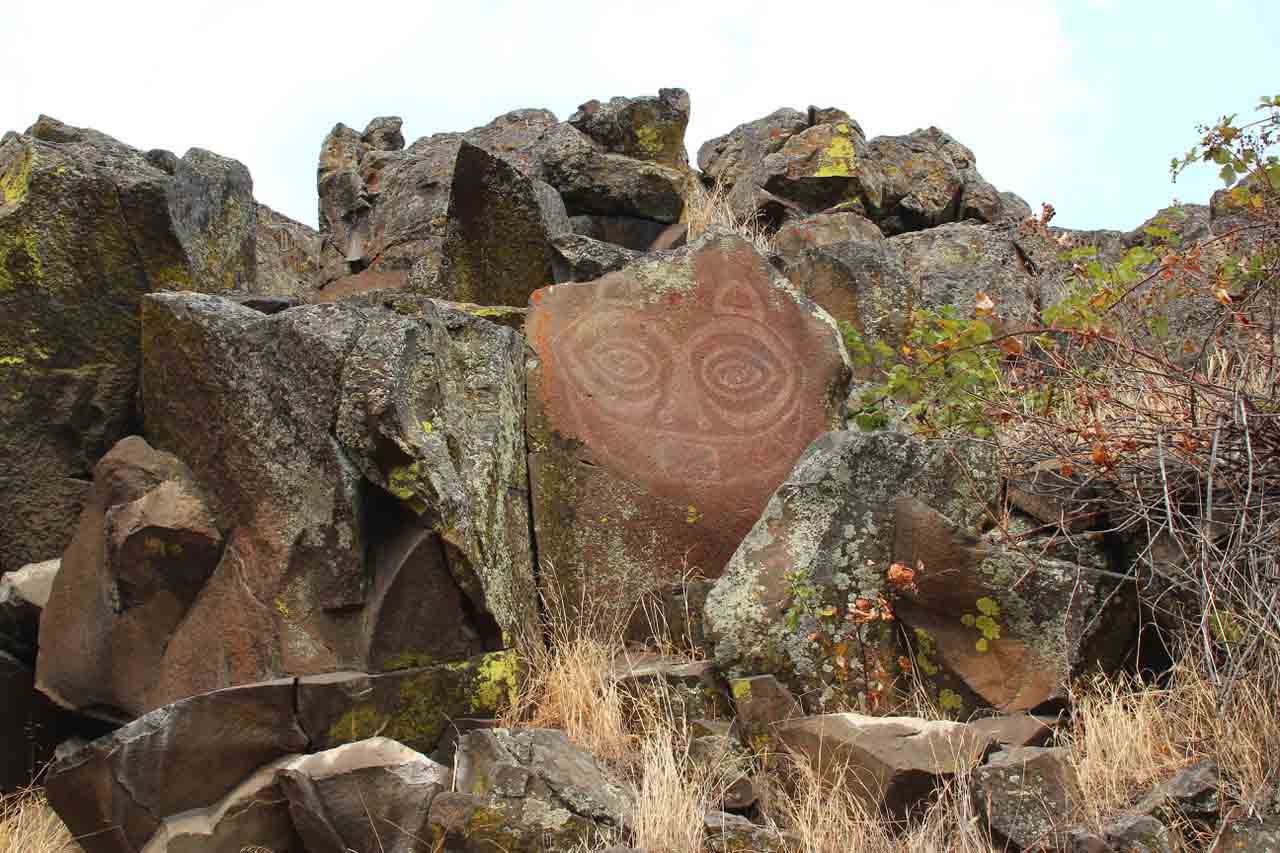
-
Features May/June 2024
Alexander the Great's Untold Story
Excavations in northern Greece are revealing the world that shaped the future king
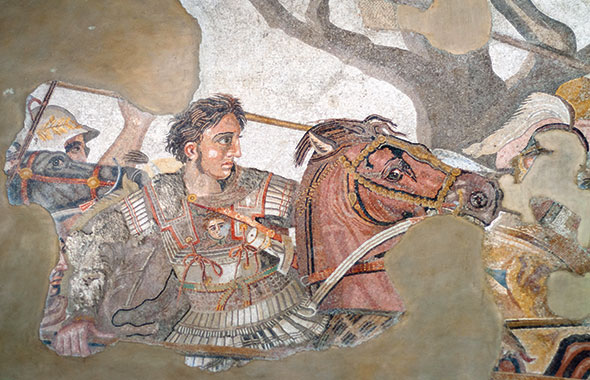 (Veronika Pfeiffer/Alamy)
(Veronika Pfeiffer/Alamy) -
Letter from the Catskills May/June 2024
Ghost Towns of the Ashokan Reservoir
An archaeologist investigates how construction of New York City’s largest reservoir a century ago uprooted thousands of rural residents
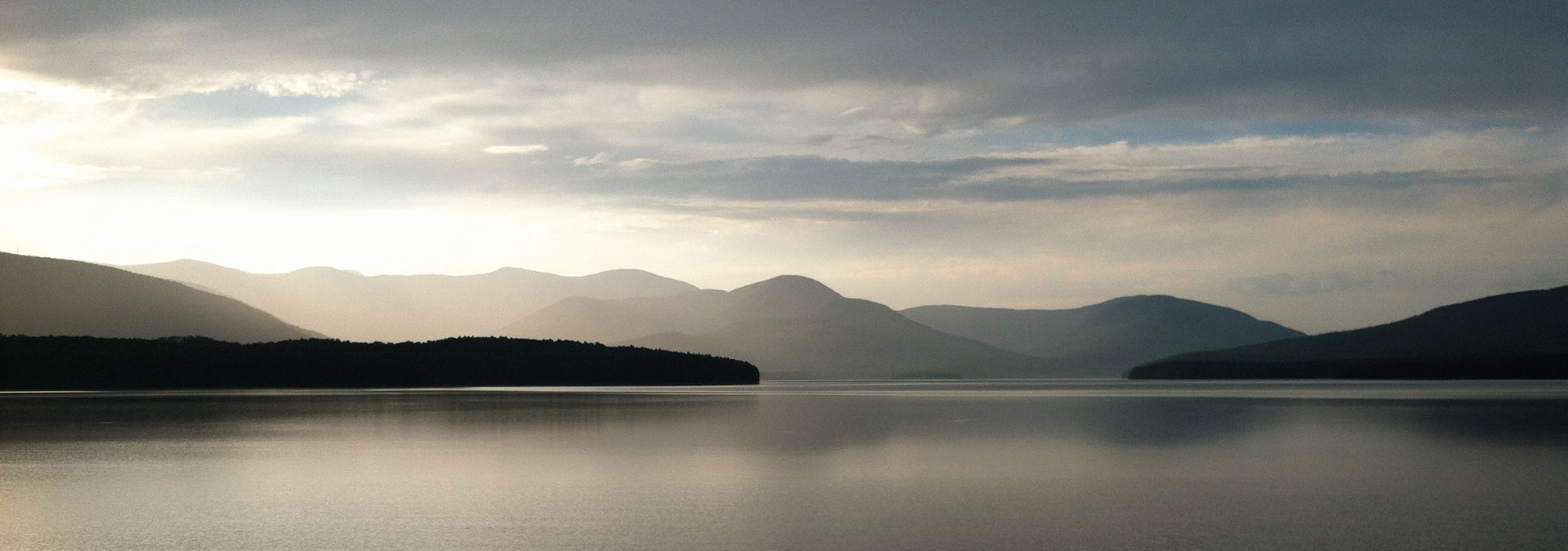 (Courtesy the New York City Department of Environmental Protection)
(Courtesy the New York City Department of Environmental Protection) -
Artifacts May/June 2024
Medieval Iron Gauntlet
 (Courtesy Canton of Zurich)
(Courtesy Canton of Zurich) -
Digs & Discoveries May/June 2024
Ancient Egyptian Caregivers
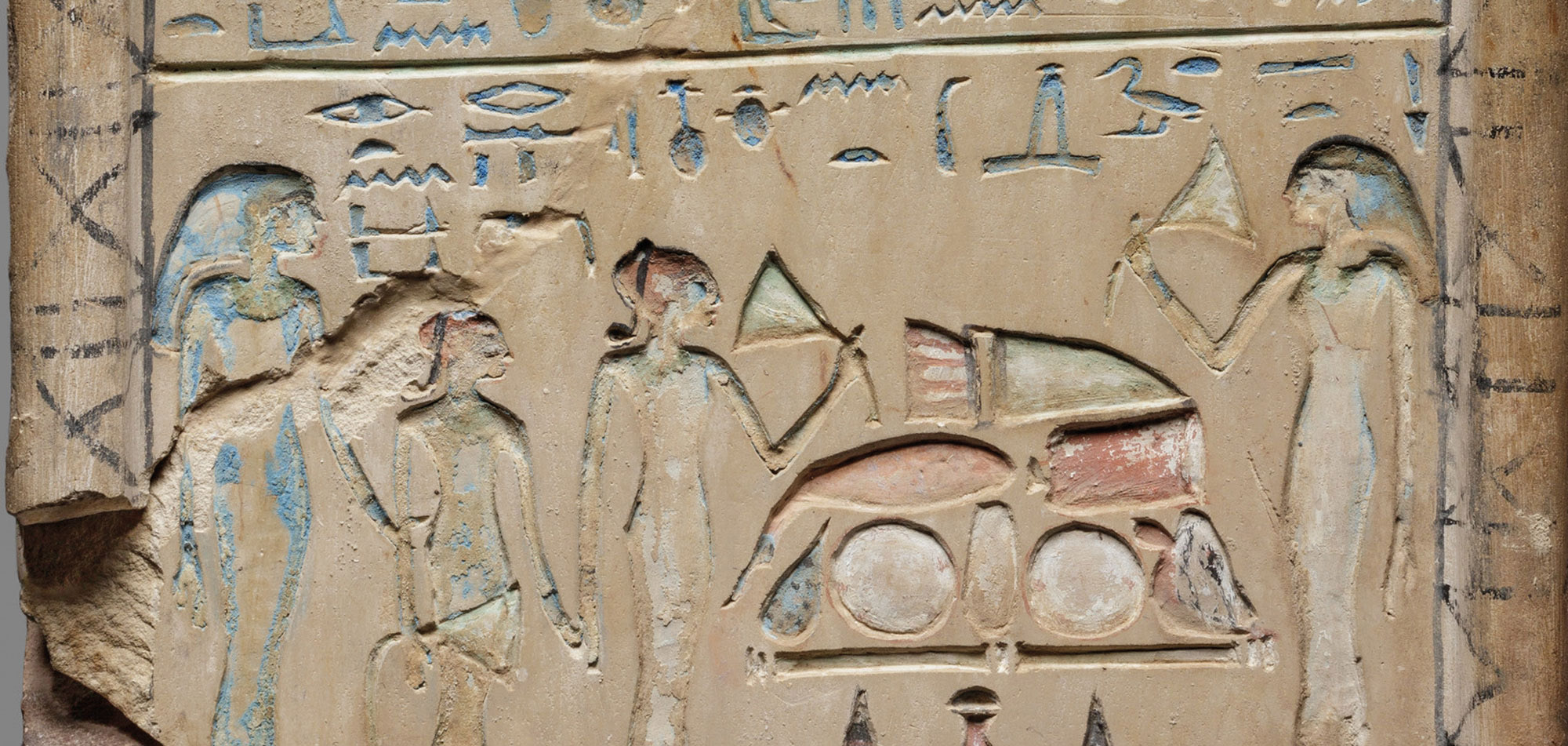 (Metropolitan Museum of Art)
(Metropolitan Museum of Art)


